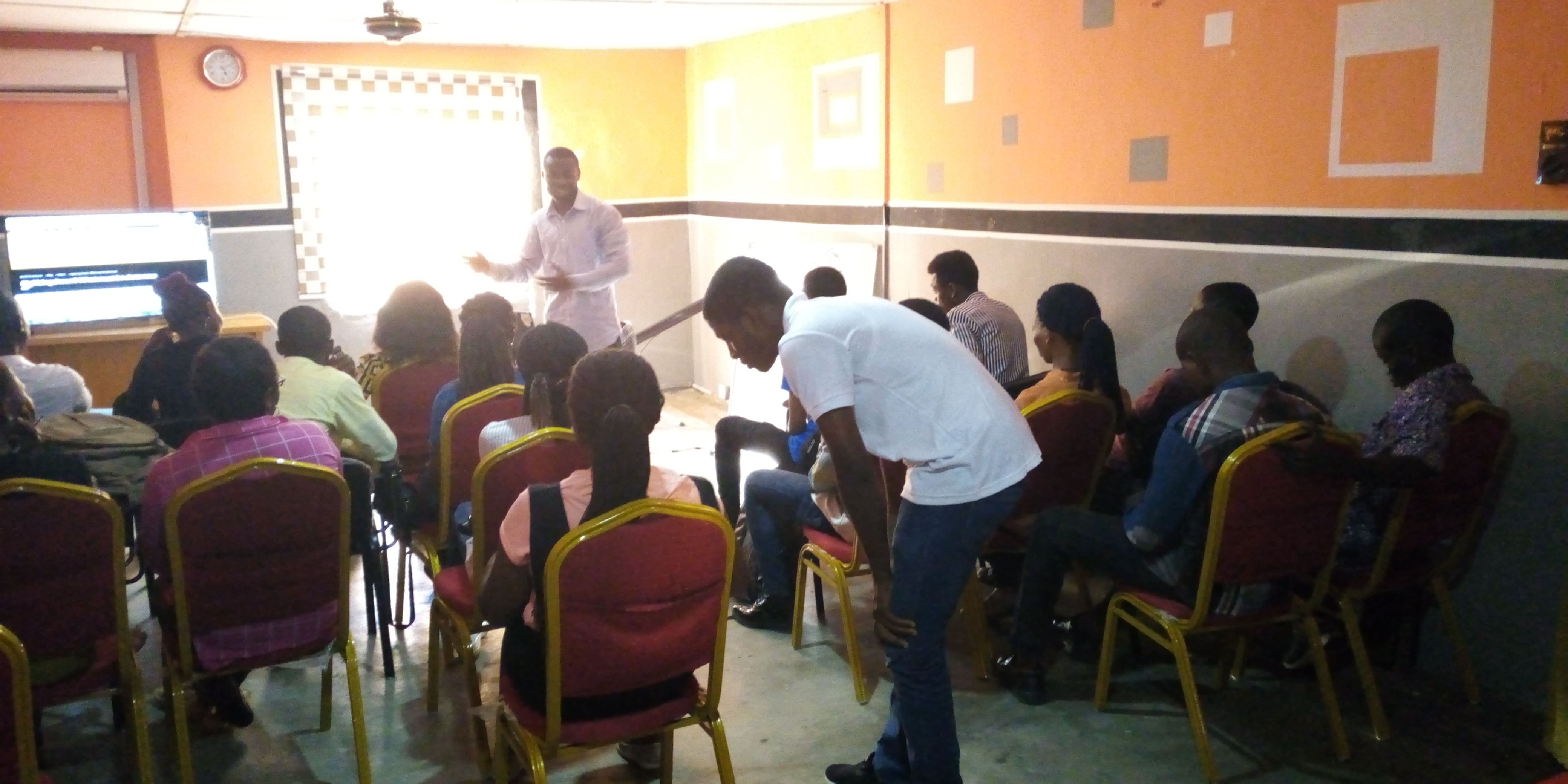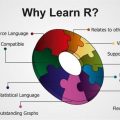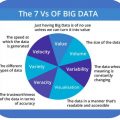- June 15, 2021
- Posted by: SouTech Team
- Category: Blog, Data Analysis and Virtualization
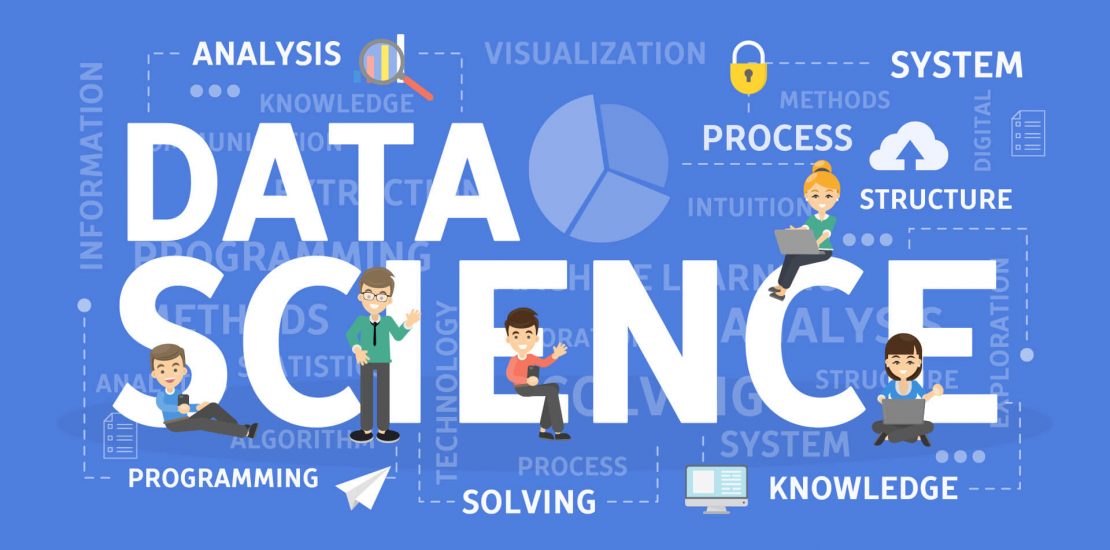
Audience
Before you can effectively tell a story, you have to know your audience. Answering the following questions will go a long way to determining the perceptions and motivations of your audience.
Who is your audience ?
Who will hear your story? What is the listener’s motivation to hear your story? What is each important participant’s level of technical knowledge and familiarity with the business problem? What are the possible reactions to hearing your story?
Where is your audience?
Are they all in a conference room sitting around a table listening? Or are they online in a virtual conference? Or is your audience a combination of both? If online, how much will you depend on verbal messaging? Will you be sharing a presentation? Are some of the participants joining the conference using audio only?
When is your audience available?
If any important participants were not able to join your conference or were only able to call in, will they be able to access a recording of the presentation later? How time-sensitive is your story? Is the recording of the presentation allowed? If so, what are the security considerations? How confidential is the information? Can the participants who were not in the meeting take action on your story in a timely manner?
You may have one version of a presentation for a live meeting in which you demonstrate certain findings and aspects of the data. But you also create another version of the presentation to persist eternally as a “research product” in your research archive. Any current or potential stakeholders should be able to understand your presentation as a stand-alone data product.
Regardless of who, where, or when your audience is, a good data visualization should stand on its own when removed from the context of the original delivery environment. Click here to read an article by Daniel Waisberg of Google, “Tell a Meaningful Story with Data”.
https://www.thinkwithgoogle.com/marketing-strategies/data-and-measurement/tell-meaningful-stories-with-data/
Business Value and Goal
Business value means different things to different audiences, even within the same company. Therefore, you should be very clear on why your particular audience should care about the story you are telling.
Identifying the business value for each audience will point you to the overall goal of your presentation. What do you want the audience to take away? What do you want to teach them? What is your call to action?
For example, a presentation to different departments in a manufacturing company about an upcoming new product should be tailored to the audience. Marketing wants to know the features that will help them sell the product. Finance wants to know the cost to make the product and whether customers will need credit options. Production wants to know the specifications so they can begin to integrate the product in the manufacturing process.
A good example at the consumer level is the announcement of the iPod in 2001. Steve Jobs knew users did not really care how many gigabytes they could store on their MP3 players. What they cared about was how many songs they could store. So Jobs told the audience that the iPod “puts a thousand songs in your pocket.”
Using Evidence
Your story is usually meant to persuade the audience to adopt your point of view. The explanation is done through the presentation of evidence.
The evidence you present should be critical to your end goal. If a piece of evidence does not support your concluding remarks, or is secondary to your primary focus, you should consider leaving it out of your presentation.
Deductive Reasoning
Logic is reasoning that is used to make valid statements about a conclusion. There are two basic types of reasoning: deductive and inductive.
Deductive reasoning uses facts, or premises, to arrive at a conclusion. A syllogism is an example of deductive reasoning. A syllogism is made up of three premises. The first two premises, which are assumed to be true, each share a term with the third statement. For example:
All mammals have eyes. Humans are mammals. Therefore, humans have eyes.
The third statement shares the term “eyes” with the first statement and it also shares the term “humans” with the second statement.
In research, the conclusion is a new specific fact that is derived from the general theory. Deductive reasoning is considered “top-down” in that it moves from a general premise to specific facts that are derived from the general premise. In the syllogism given above, the major premise describes all mammals; it is the general rule. The next premise states a narrower case from which it can be deduced that humans have eyes.
Sound deductive reasoning always leads to conclusions that are true.
Inductive Reasoning
Inductive reasoning works in the opposite direction. Inductive reasoning moves from the specific to the general. It is the process of creating a conclusion based on observations, patterns, and hypotheses. In exploratory data analysis, we are often using inductive reasoning. We sample a population, study the sample, and then make inferences that we believe will be true for the entire population. These inferences can then lead to a hypothesis. That hypothesis would then need to be confirmed by using deductive reasoning.
To avoid making an inference that is not logical, be sure that your sample actually represents the population to which you are applying your conclusions. When asked the question, “What are you touching?” blindfolded people touching different parts of an elephant will report different conclusions.
Inductive arguments should be very clear about the underlying assumptions in the data. For example, in the following series of numbers, what is the next number?
6, 13, 20, 27…
If you said 34, then your underlying assumption is that the data is a simple series of numbers which increases by increments of seven, with no end. However, what if the numbers represent dates? If that is your underlying assumption, then you may not know the next number. Is the month 30 days long, 31 days long, 28 or 29 days long? In this case, there is no month with 34 days, so that cannot be the next number.
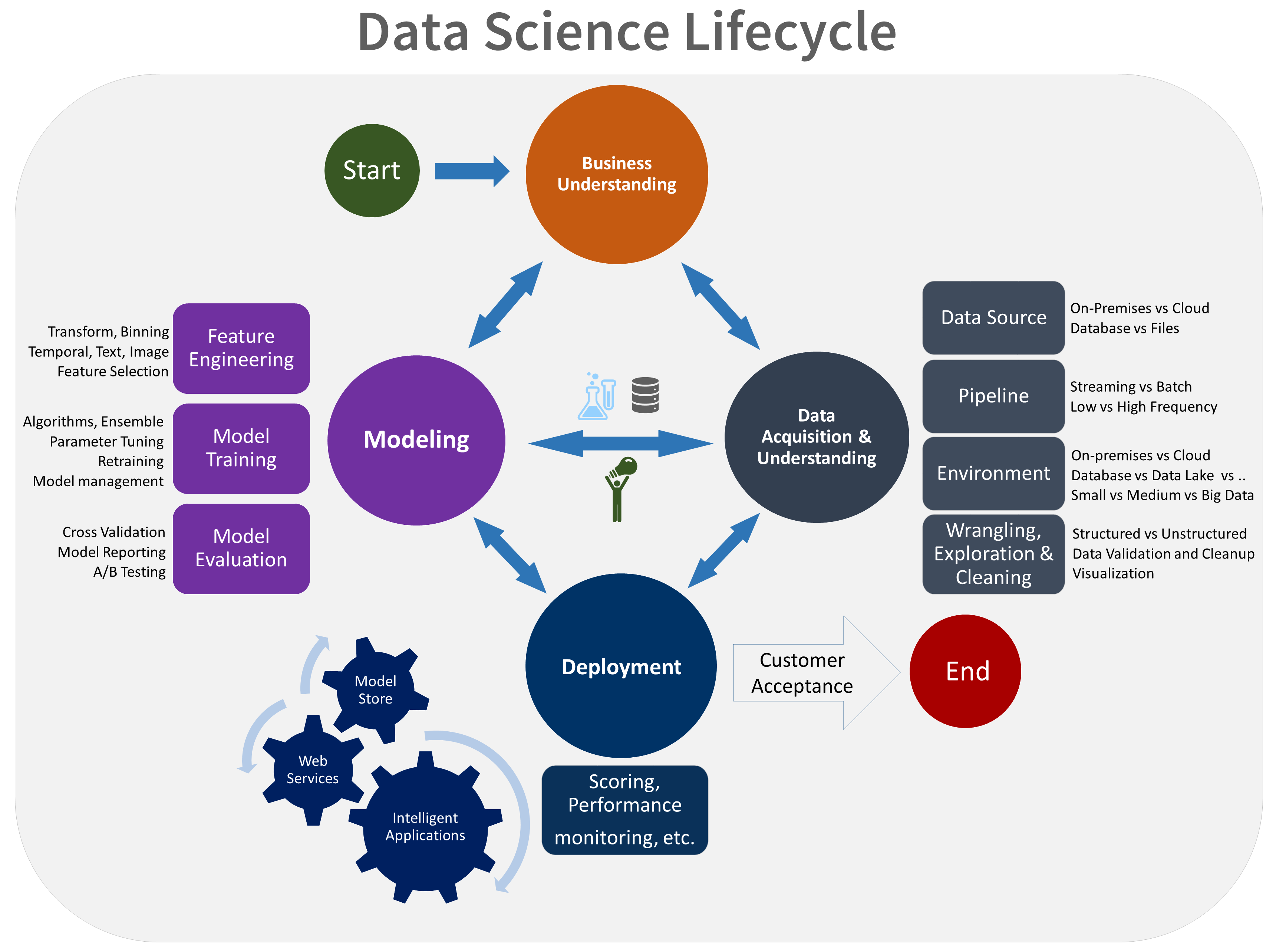 Because inductive reasoning tends be exploratory and based in observation, even the most precise inductive reasoning can lead to false conclusions. This is not a flaw of inductive reasoning. Both types of reasoning have their value. Inductive reasoning can lead to the development of hypotheses that require proof through deductive reasoning.
Because inductive reasoning tends be exploratory and based in observation, even the most precise inductive reasoning can lead to false conclusions. This is not a flaw of inductive reasoning. Both types of reasoning have their value. Inductive reasoning can lead to the development of hypotheses that require proof through deductive reasoning.
Regardless of whether you are using deductive or inductive reasoning to tell your story, clearly describe the data that is necessary to support your logic. In addition, state any possible caveats or limitations to the truth of your conclusions. This will help your audience to avoid fallacious conclusions and provide them with the information that they require to make decisions.
Fallacies
A fallacy in your reasoning means that your conclusion is not justified by the premise of your argument. This can occur because of several reasons:
- Your argument might not apply a rule of logic.
- Your argument might leave out or misinterpret a crucial premise that would invalidate your conclusion.
- Your conclusion might not follow logically from the premises.
There are two types of logical fallacy:
- Formal fallacy – One or more of the premises can be shown to be false. For example, the following argument is formally fallacious:
If milk is kept in the refrigerator, it will not spoil. The milk is spoiled. Therefore, the milk was not kept in the refrigerator.
The first premise can be shown to be not true. Milk kept in a refrigerator can still spoil.
- Informal fallacy – The premises do not adequately support the conclusion. For example, the following argument is a burden of proof informal fallacy:
Humberto: Some people have psychic powers.
Alexei: Can you prove it?
Humberto: No one has been able to disprove it.
Humberto is obligated to provide evidence for his premise. However, he fallaciously switches the burden of proof to Alexei to disprove Humberto’s claim.
When telling your story, make sure that the evidence of your supporting proposition does not suffer from a logical fallacy. Click here and here for fallacy examples.
#AnalyticsBigDataJournal
See some to Data Analysis Career Path– https://www.soutechventures.com/courses/
Start your training TODAY!
Start HERE: https://forms.gle/ygyqm64UzN5VLtoH6
Contact your course adviser on WhatsApp: 08034121380



